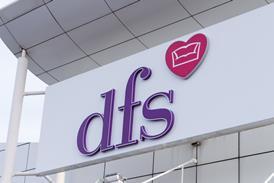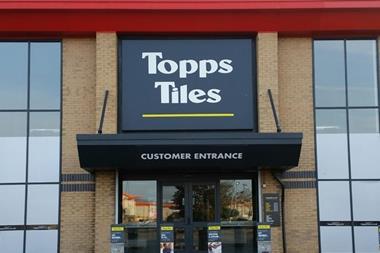Edinburgh Woollen Mill, whose Retail Week Knowledge Bank profile has been updated, is an example of a maturing retailer that has been evolving against a background of market vagaries. Despite its diversification being questioned, it seems to be paying off.
Want to know more about Edinburgh Woollen Mill?
For detailed data and analysis of Edinburgh Woollen Mill visit Retail Week Knowledge Bank now
Edinburgh Woollen Mill’s sales had peaked in 2001/02 at £170m, when the business was sold to Rutland Trust, with a secondary buyout a year later led by Philip Day, Rutland’s newly installed chief executive. Margins were low and sales fell into the £145m to £150m bracket for five years running. But profitability improved successively under Day, operating margin peaking at 13% in 2006/07, before slipping the following year with costs rising but retail prices falling.
Then, in early 2008, Edinburgh Woollen Mill acquired 43 Ponden Mill household furnishings outlets, followed later that year by 77 ex-Rosebys household textiles units, converting them to a new Ponden Home fascia. Rationalisation, plus the introduction of concessions, sees Ponden Home in 2011 comprise 100 units, evenly split between standalones and concessions. Ponden Home ranges have also been successfully introduced into Edinburgh Woollen Mill’s stores.
Some observers queried the timing but Edinburgh Woollen Mill’s well-established management acted promptly to bring the two under a single umbrella, integrated into the core business. It has less scale with perhaps more competitive issues than the mature Edinburgh Woollen Mill, but there are product-related synergies, with Edinburgh Woollen Mill’s own appeal enhanced by the introduction of a household textiles offer.
The initial outcome is group sales of £200m and, equally importantly, operating margins back into double figures.




























No comments yet